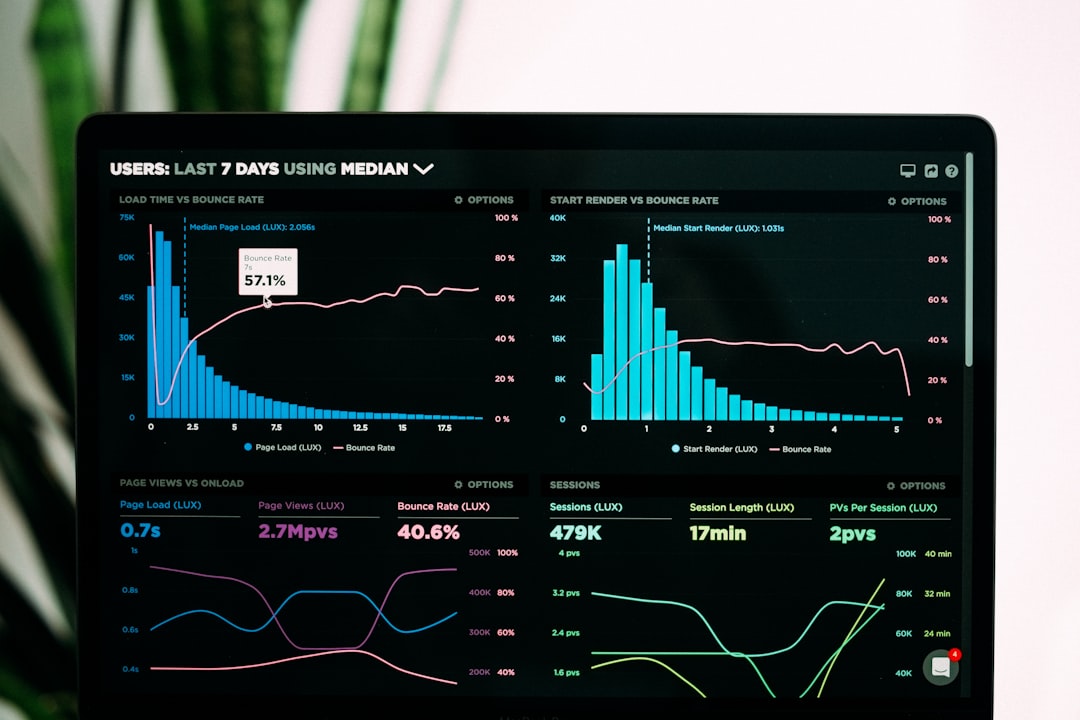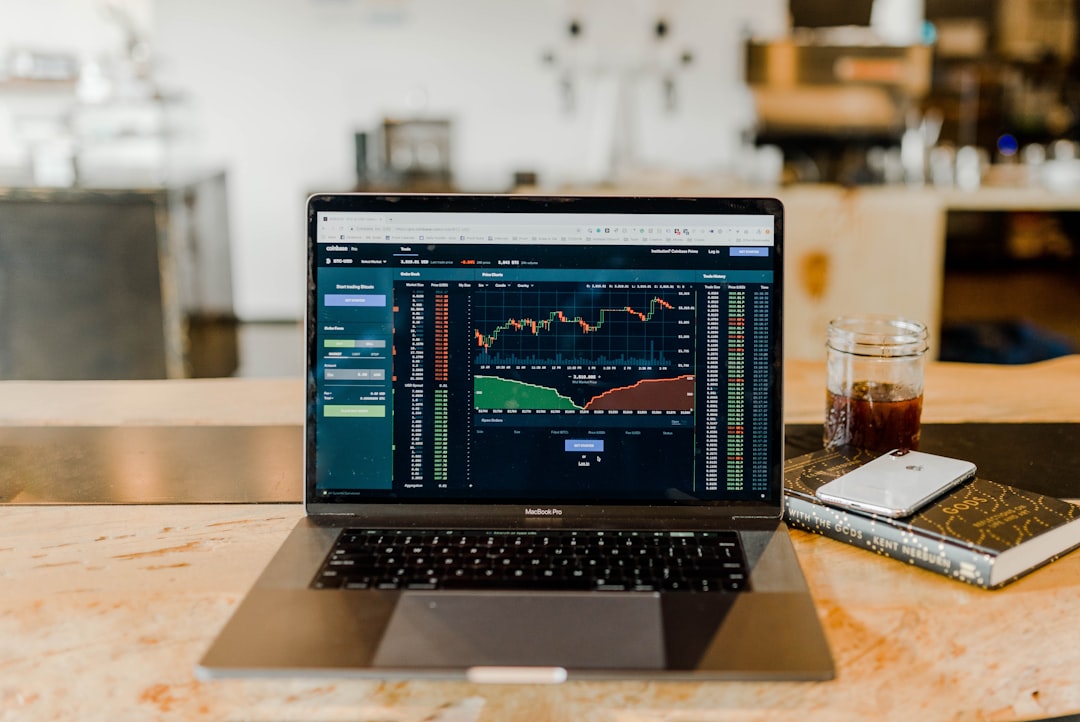
Economics 101: The Basics You Need to Know.
## Introduction. Economics is a fundamental field that governs much of our daily lives, from the prices we pay for goods and services to the broader forces driving economic growth and decline. Understanding the basic principles of economics is crucial for anyone who wants to navigate the complexities of modern society. This blog post will introduce you to key concepts and ideas in economics, breaking them down into digestible sections. Whether you are a student, a professional, or simply a curious individual, this guide aims to provide you with a solid foundation in the subject. ## What is Economics?. At its core, economics is the study of how societies use scarce resources to produce valuable commodities and distribute them among different people. The field of economics can be broadly divided into two main branches: microeconomics and macroeconomics. Microeconomics focuses on the behavior of individual consumers and firms, analyzing how they make decisions based on resource constraints and rewards. On the other hand, macroeconomics deals with the economy as a whole, addressing large-scale economic factors like national income, inflation, and unemployment. Understanding these two branches is essential, as they offer different perspectives that complement each other in the study of economic phenomena. ## Supply and Demand: The Fundamental Model. One of the most essential concepts in economics is the law of supply and demand. Supply refers to the quantity of a good or service that producers are willing to sell at various prices, while demand represents how much of a good or service consumers are willing to purchase at different prices. The interaction of supply and demand determines market prices and the quantity of goods sold. When demand increases and supply remains constant, prices tend to rise, leading to higher profits for producers. Conversely, when supply exceeds demand, prices tend to fall, prompting producers to reduce output. Understanding this dynamic is crucial for grasping how markets work. ## Opportunity Cost and Trade-offs. Another key principle in economics is the concept of opportunity cost, which refers to the value of the next best alternative that is forgone when making a decision. Every choice has an associated opportunity cost; for example, if you decide to spend an hour studying instead of going out with friends, the opportunity cost is the enjoyment and experiences you missed out on. Recognizing opportunity costs helps individuals and firms make more informed choices by weighing the potential benefits and drawbacks of their options. This simple yet powerful idea can be applied to various decisions throughout life, from budgeting to career planning. ## The Role of Incentives. Incentives play a crucial role in economic behavior, influencing the decisions made by consumers and producers alike. Incentives can be financial, such as price reductions or tax breaks, or non-financial, like moral rewards or social recognition. Economists argue that individuals and firms respond to incentives in predictable ways; for instance, higher prices can encourage producers to increase supply while motivating consumers to decrease their demand. By understanding how incentives work, one can better predict outcomes in a variety of situations, from market behavior to public policy initiatives. ## Economic Indicators and Their Significance. To gauge the health of an economy, various indicators are utilized. Key indicators include Gross Domestic Product (GDP), unemployment rates, inflation rates, and consumer confidence. GDP measures the total value of goods and services produced within a country, serving as a broad indicator of economic activity. Unemployment rates indicate the percentage of the labor force that is without work but actively seeking employment, reflecting economic conditions. Understanding these indicators provides insights into economic trends and helps inform decisions made by policymakers, businesses, and consumers. Recognizing the significance of these measures can empower individuals to make better financial decisions and participate more actively in economic discussions. ## Conclusion. Economics may seem complex, but with a fundamental understanding of its core concepts, individuals can navigate the economic landscape more effectively. From grasping the principles of supply and demand to recognizing the importance of incentives and opportunity costs, this basic knowledge serves as a stepping stone to further explorations in the field. Whether you are contemplating a career in economics or simply interested in understanding how economic forces shape our world, the principles discussed in this blog post provide a solid foundation. As you continue to learn about economics, consider how these concepts can be applied in everyday life, enriching your understanding of the world around you. .







